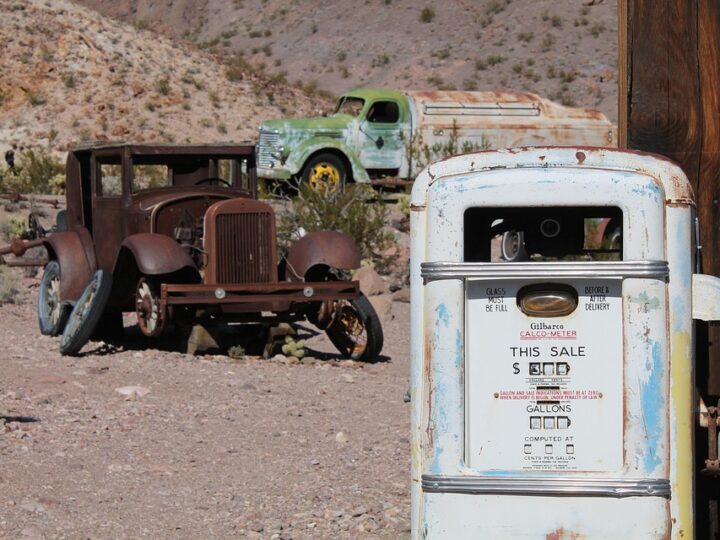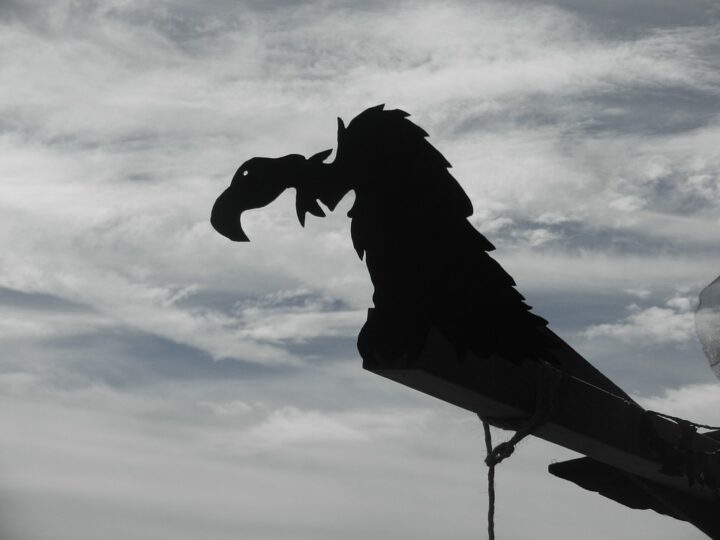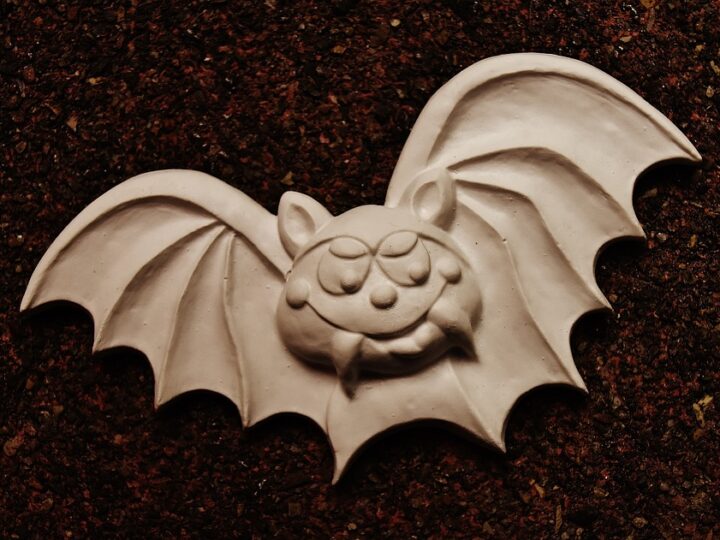
During one of the largest witchcraft trials in Spain, there was one place that was considered more filled with witchcraft than others. In the so-called In the Witch Caves of Zugarramurdi in the Basque Country, it was said that witches gathered for sabbaths and akellares.
The witch hunt hit Europe difficult and Spain was no exception. The Inquisition in Spain was brutal and perhaps one of the darkest chapters in the country's history. The Church and its auxiliaries welcomed all whom Catholics considered unsuitable, both witches and heretics.
In Navarre, in the north of the country near the border with France, the Pyrenees forest was thickening, and legends, strange rituals and rumors about witches were particularly sturdy there.
Especially in the deep darkness of the Zugarramurdi Caves, haunting legends from the past echo through the cave walls. They can be found just 400 meters from the village, through the forest.
Inside the 120-meter-high cave, which rises to over 10 meters, a stream called Oblabidea flows through it. This stream was also known as Infernuko Erreka, or hell stream, and was an ideal place for witches to hold their Sabbaths.
The magical and mysterious Basque Country
As early as the 12th century, the Basque Country was described as barbaric and mysterious from the perspective of southern Spain. The place was also a misty and densely forested area where few people spoke the foreign language and, as they describe it, a rough-sounding language.
Belief in witches was actually quite low compared to the rest of Europe at the time, and educated Spaniards viewed witchcraft as a Protestant superstition that only “uneducated” northerners believed in. Still, being accused of witchcraft was a very deadly thing, as the people of Zugarramurdi soon found out.
The Tribunal of the Spanish Inquisition in Logrono received information that witches and wizards lived in Zugarramurdi, and engaged in one of the most brutal and largest witch hunts in Spanish history, resulting in the investigation of over 7,000 witches.
In 1610 he came to Zugarramurdi or elm hill to investigate the suspicions. The people of Zugarramurdi had a long tradition of making creams and herbal medicines unknown to the rest of the country. There were also more women as men spent months at sea on whaleboats, which the authorities considered unfortunate and suspicious since the villages were filled with women who spent their days in the men's absence.
What was also strange was that the number of stillborn babies was abnormally higher than in the rest of Spain. It turned out that this was because Basques have a very high percentage of Rh-negative blood. Although today we have a scientific explanation for this, in the past they were believed to be cursed.
Zugarramurdi witch trials
It all started when a 20-year-old girl returned to the city after many years spent in France. For some reason, she started telling everyone that she was one of the people attending Akelarres, or witches' sabbaths.
She then began to involve more people and claimed that a woman named Maria de Jureteguis was also involved. The situation escalated and more and more residents began to accuse each other of witchcraft.
Over 300 people, almost the entire village, were involved in the investigation. Witch hunters captured over 40 men and women accused by their neighbors and took them back to Logorno to await trial.
Many of them repented and were eventually released, but some of them were tortured for months and five died in prison. 7 of them were burned at the stake.
After the trial, everyone was dragged through the streets without hair and with huge wax candles in their hands. Many of them wore tunics called sanbenito to show people that they had sinned. Some had a rope around their necks as a sign that they would soon be flogged. The remains of those who died were carried to the stake, and four women and two men were burned because they denied being witches.
Their names were Domingo de Subildegui, María de Echachute, Graciana Xarra, Maria Baztan de Borda, Maria de Arburu and Petri de Joangorena. Not all of them came from the town of Zugarramurdi, but all of them were convicted of participating in the witches' sabbath there.
It was the notorious Inquisitor Valle-Alvardo who came to the city and rounded up anyone he thought looked or looked uncomfortable, a last-ditch attempt to root out evil from Navarre in the so-called Basque Witch Trials.
The madness and witch fever over what happened got out of control and thousands of people were accused of witchcraft across the country. One man returned to Zugarramurdi and spent 18 months talking to them. It turned out that most of the allegations were false, but unfortunately for many it was too delayed.
Akelarre – Spanish witches' coven
Akelarre literally means goat pasture in Basque and, according to the tribunal, it was the place where witches met Satan. Today the word is synonymous with witches' sabbath in Spain.
The tradition of Akelarre and the witches' coven appears to have been a pagan remnant of pre-Christian rituals. This type of female group worship has been practiced since classical Greece, when Dionysus was worshiped, or perhaps even earlier.
People across Europe were accused of such gatherings, but it is uncertain whether anyone organized them at all, even though pagan remnants of the past persisted in remote places much longer than the Church would have liked.
The activities of the accused Zugarramurdi witches included demonic possession, vampirism, celebrating black masses and causing storms, as well as cursing fields and animals.
Witches in caves
Why were there so many accused of witchcraft here in this quaint little village? Part of this had to do with rumors about nearby caves, where people claimed to have seen great bonfires and pagan celebrations organized by local witches.
According to legend, after the trial, the remaining witches of Zugarramurdi hid in some caves outside the city. To escape the city that wanted them dead and gone. Perhaps it was to practice his rituals and spells in peace, away from the deadly hands of the Inquisition?
Legend has it that echoes of their magical songs and dances can still be heard around the bonfires.
Inside there is a throne room where the devil himself joined the witches on the Sabbath.
Witch Caves in Zugarramurdi today
Today it is still an vital site for contemporary witches in Spain, honoring the reputation and magical place of Zugarramurdi and the caves that were once considered a place of devil worship.
The town of Zugarramurdi also established a witch museum to commemorate the town's obscure past and hosts annual festivals in the eminent cave.
Reference:
The Witches of Zugarramurdi – the stage has been set!
Basque fact of the week: Zugarramurdi, the city of witches
Haunted Spain, stories for All Hallows' Eve – CaramelTrail
Ten paranormal places you can actually visit in Spain
Image Source: Pixabay.com






